











Turners Fresh Market & Greenhouses

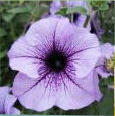

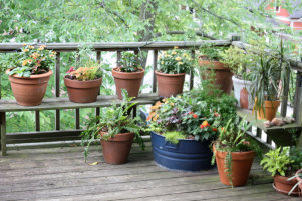
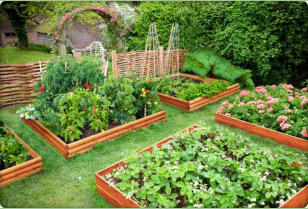
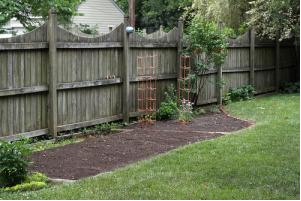
2. Pick a place
Sunlight Almost all plants require at least 6 hours of full sun. If you find that the
area you want to plan has little to no sun, you will need to be sure to pick plants that
are good in shady areas. We have a whole list of shade friendly plants to choose
from.
Water Be sure to put your plants close enough to reach a hose (close to your water
spigot).
Noticeable Put your plants in an area that you can’t ignore. You don’t want to
forget to maintain them. :)
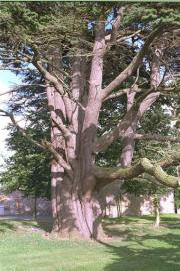
3. Clear the Ground and Improve the Soil
Test Your Soil (if possible) Did you know that you can have your soil tested by
the University of Wisconsin labs. For more information:
http://uwlab.soils.wisc.edu/lawn-garden/
Use your soil results to help you determine how to fertilize and prepare your soil
for the plants you intend to grow.
Flower Garden: http://uwlab.soils.wisc.edu/resources/flower-garden/
Vegetable Garden: http://uwlab.soils.wisc.edu/resources/garden/
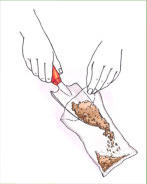
There are many ways to prepare the ground. Here are some suggestions:
Four Month Plan Place newspapers on your sod (five sheet layer). Spread a 3-inch layer of compost (or
combination of potting soil and topsoil) on the newspaper and wait. It will take four months for them to
decompose. Then proceed to spring preparations.
Spring Preparations Dig when the soil isn’t too wet or dry. It will be the right time when you can roll a ball with
the soil but still fall apart when you drop it. Turn the top 8-12 inches of soil with a rotary tiller (you can rent from
a tool rental store) or spade/spading fork. Pick out any rocks larger than a small apple. Spread a 3-inch layer of
compost, decayed leaves, dry grass clipping, or old manure over your plot. Mix these in with your top soil.
After, sprinkle the plot with water and let it sit for a few days before planting.
We sell composted soil at Turner’s or you can make your own.
Double Digging Plots for perennials should be double-dug. This can also greatly improve all beds though.
This does take a lot of effort. Double digging means you remove the top 8-12 inches of soil (one small area at a
time), then loosen and work in organic matter into the exposed 8-12 inches. After mix in the top soil.
See the drawing on: http://www.sustland.umn.edu/implement/amending_soils.html
http://www.gardenguides.com/112743-double-dig-garden-bed.html
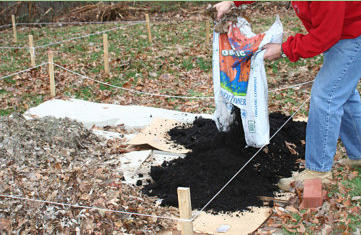
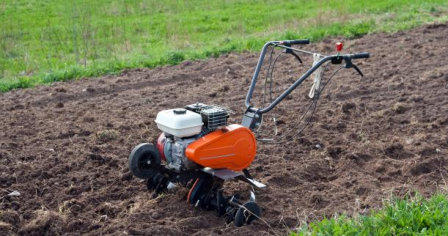
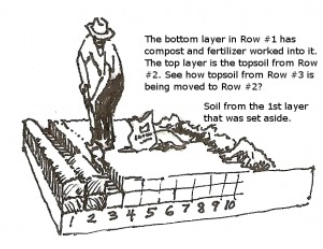
Go to STEP 2: PICK YOUR PLANTS



















